.jpg)
Most families have an heirloom that someday will serve as a prized possession to the person that inherits it. For me, this treasure, a simple silver coin, is undoubtedly the most important thing I own, a token that reminds me of my grandfather, Conrad.
It was 1942 as Conrad stared at the small, old shul, the sun beat down on his back. He began to sweat through his perfectly fitted suit as the June heat of Chicago immediately became more apparent. He adjusted his tie that was tied tightly across his neck and looked at the building. It only stood a few blocks away from his family’s yellow apartment complex on West Augusta Boulevard on the Northwest side of Chicago. However, this building was very different, traditional, and antique. His fascination with buildings began at a young age, as he stood at the structure where he was about to become a Bar Mitzvah. After examining the architecture, he entered the building, making almost immediate eye contact with Ruth, who was the aunt of his first cousin and close friend, Joan. Although they were not directly related, Ruth knew Conrad well and treated him as family. She pulled Conrad aside quickly, handing him a small, brown woven bag. In the bag were five silver coins that brilliantly sparkled in the artificial light of the old synagogue. Conrad thanked Ruth and began to examine the coins as he moved towards the room in which the service was held.
Nervous and looking for any sort of good luck charm before entering the sanctuary, my grandfather, pulled out the coin with the year he was born, 1929, and glanced at it. On one side, the coin was embellished with lady liberty looking into the distance as the sun rose towards her left foot. She had an almost angelic presence that held anyone’s attention that looked at the piece. The top of the coin was engraved with the word “Liberty” in all capital letters and the bottom of the coin simply displayed the year “1929.” In the right corner, next to Lady Liberty’s other foot, the coin displayed the famous quote “In God we trust”. The other side of the piece displayed a classic, American eagle etched between the words “United States of America” and “Half Dollar,” which in all capital letters surrounded the circumference of the metal piece. Conrad glanced at the coin and slipped the small piece of metal into his left pocket. Thanking Ruth again, he said his goodbyes and proceeded to sanctuary where he would become a Bar Mitzvah.
From that day on, he placed that same round silver dollar in his left pocket every single day; no matter whom he was with, what he was doing, or how big of a rush he was in, Conrad carried the coin with him. His family, friends, and most of the people he interacted with during his life knew how much he cherished this piece, although none of these people understood why he carried it. However, our family always speculated.
My mother insists that it was a good luck charm for him while my Nana supposes it reminded him of his Bar Mitzvah, which is why he kept it so close. My brother and I, however, always felt that our “Papa” kept it as a token of his childhood and as an heirloom that he could someday pass down to someone who would appreciate it as much as he did.
Regardless of why he carried the coin, it was an action that he took part in each day. Every morning, he would get dressed and place the coin in the same spot. Every night, he would undress and empty his pockets. He would take out his keys, change, wallet, and the coin, placing it alone on the top shelf of his armoire. The coin was with him for every monumental and mediocre day of his life. The day he met his future wife, the day he married her, the days that they traveled together, moving homes from Chicago to Philadelphia to Washington DC and back home once again. From the births of his two children and four grandchildren, to trips to Italy, the Caribbean, London, Switzerland, Arizona, Florida, California and more, the coin was with Conrad as a good luck charm, an emblem of personal tradition, and a reminder of his past experiences.
My mom considers this a symbol of her childhood. She remembers that he always put it into his pocket as soon as he was dressed. She would hold it when she was a child and examine it carefully. When the family would spend their day boating around Fox Lake on their 25-foot Trojan cabin cruiser, my mom often feared that it would fall into the water, although it never did.
Beyond having the ability to own a boat with a great job as a contractor, a healthy family, and a cozy home in the suburbs of Chicago, the coin granted Conrad the luck he hoped for. In 1966, my Papa was working on Lake Point Tower. As the construction superintendent, he needed to inspect the building. While he was climbing up an elevator shaft on a thin ladder with one of his coworkers, the ladder collapsed and Conrad fell two stories down the shaft. Miraculously, his body made impact with some surface after two stories and his coworker bounced off him onto the surface as well. Something broke his fall and ultimately saved his life.
Although my grandfather dislocated his elbow, an injury that would prevent him from swimming, golfing, and moving his arm in a certain direction for the rest of his life, the outcome could have been much worse; doctors said the accident could have easily taken his life.
Other instances of luck occurred throughout the years. My mom, who was born prematurely and taken directly to an incubator, survived with no complications. Whenever something happened that my grandfather was thankful for or seemed inexplicable, the coin always came to his mind.
Although he wasn’t a superstitious person, he always felt that his coin bought him some sort of luck. When he earned a great contracting job with Kohl’s in the early 80s, my mother said that attributed his success to his lucky coin.
At this point, the coin had completely changed form. Originally, as it began to deteriorate, you could see only part of the pictures on the coin. The eagle’s wings had worn down, most of the ridging around the circumference had gone away, and lady liberty had virtually disappeared. Eventually, all that was left was a silver disk; the initial surface had fundamentally vanished.
“I remember how smooth it was,” my Nana explained. “The surface had worn away completely. That’s what the years did.”
Over the years, my Papa misplaced the worn coin temporarily, but he always recovered it somehow. Once, he left the coin in a pair of his pants that had a small hole in the lining of the pocket. The coin fell through into the lining and was misplaced for a few hours, but he found it soon after.
My mom and grandmother vividly remember the panic in his voice when he called each of them on the December day in 2001 when the coin went missing.
“He was just dismayed. He was heartbroken,” my Nana recalled.
He searched everywhere for the coin. He inspected every pair of pants he owned and searched through his entire condominium. When the coin was still missing, he retraced his steps, including walking around the entire snow covered parking lot of his business and digging through monstrous piles of snow, hoping to somehow find it.
My Papa’s first cousin, Joan, was the heroine in this part of the story. She had coins too from when they were children and found the one dated closest to my grandfather’s date of birth and gave it to him when he couldn’t find his own.
Still, shortly after, my Papa somehow misplaced his second coin. At this point, my mom went on EBay and ordered him a coin from his Bar Mitzvah year, 1942. With the new coin, came a plastic case to keep the coin in from this point on. He felt the case kept it more secure and provided more protection; he would always know where it was.
My grandfather carried this coin each day for eight more years until he passed away in 2009 from a short but brutal battle with cancer. I remember my family deciding what he would be buried in. We picked out his sweater which we called his “Jell-O sweater” that was knit with thin, vivid, pastel thread, and nice pair of slacks. We sat and debated if we should place the coin in his pocket, but after much thought, we all believe it was much more important to keep his memory and tradition alive by passing on the coin. My brother received my grandfather’s jewelry—his Rolex, his diamond ring, and his solid gold chain. I received the coin.
I remember that my mom sat me down and told me that I would be getting my Papa’s coin. There were no dramatic gestures or lengthy descriptions, just a simple sentence that caused me to breakdown.
I remember the tears sliding down my cheeks when I learned that the coin would be mine. My grandfather’s death was extremely difficult for me and as I feared returning to school in DC and leaving my family, I placed the coin in my pencil case, hoping to keep it with me every day.
Only a few weeks later, I called my mother in hysterics after realizing I left my pencil case with the coin inside at the university’s library. Why would I have not been more careful? How could I misplace this coin already? How could I be so careless? I sprinted from my dorm to the library, hyperventilating and wheezing. Thankfully, I was able to find the case at the front desk of the library. As I gasped for air, I vowed I would never carry the coin again; something this important could not be lost.
Little did I know, my brother felt the same exact way. Our papa gave him a coin on his Bar Mitzvah in 2003 that he carried around for a few days. Panicked by the story of my Papa misplacing his coin, Brian vowed to never carry his coin with him as well. Both of our coins sit in the top left drawers of our nightstands, where we are assured they are safe. They might reside in a different location, but they still have an important function; they honor my grandfather’s memory.


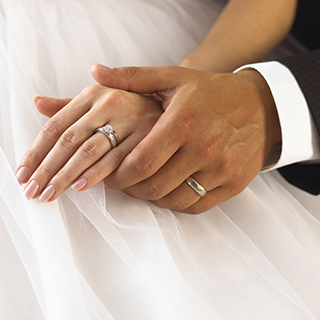


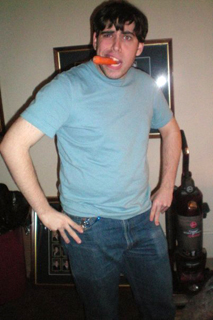
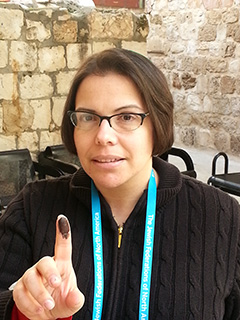



.jpg)
.jpg)
.jpg)
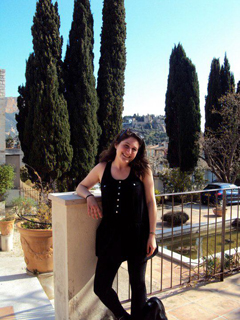
.jpg)
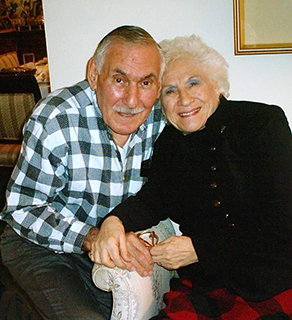
.jpg)
.jpg)
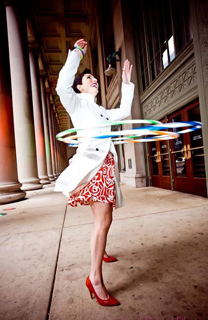

.jpg)



